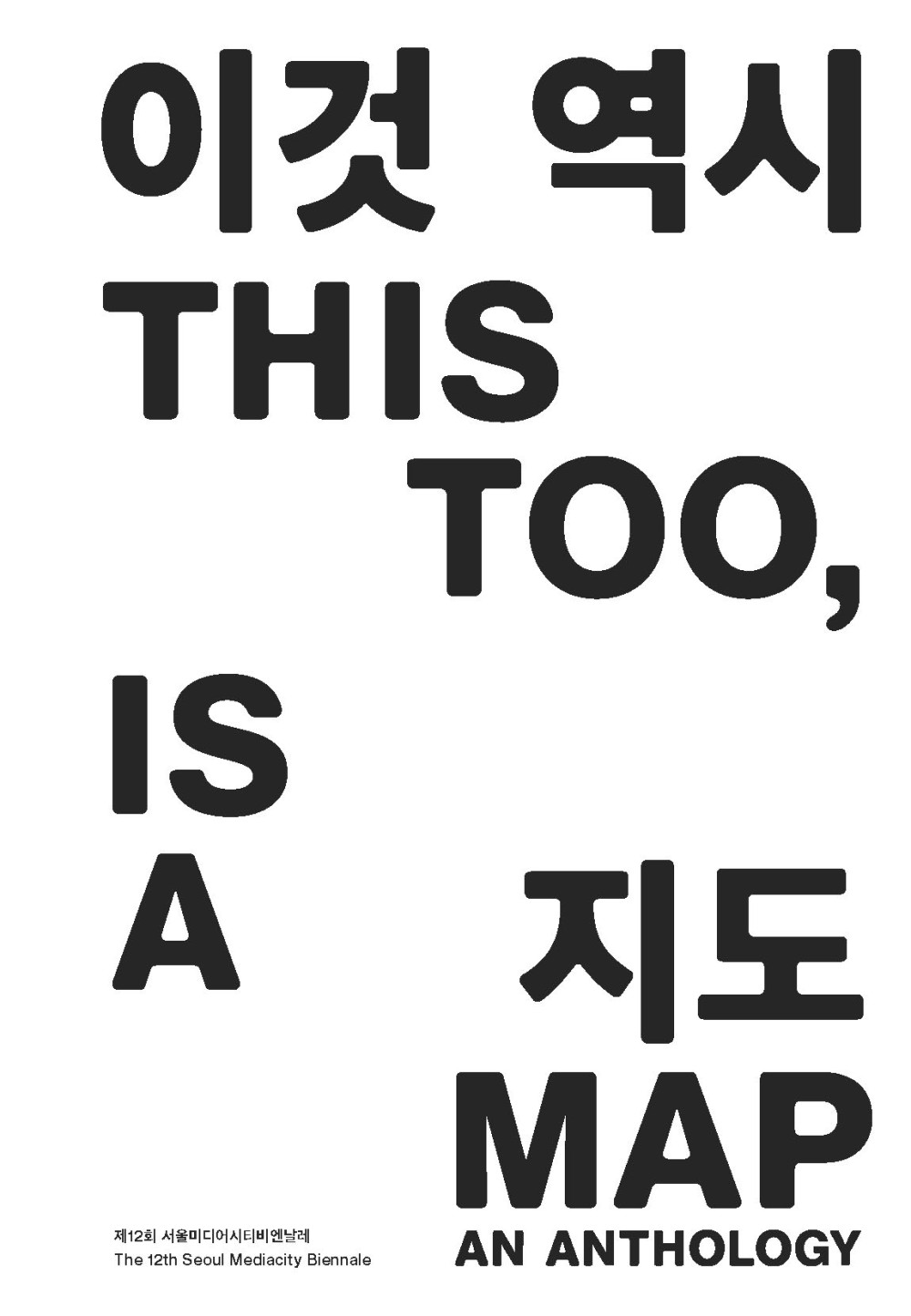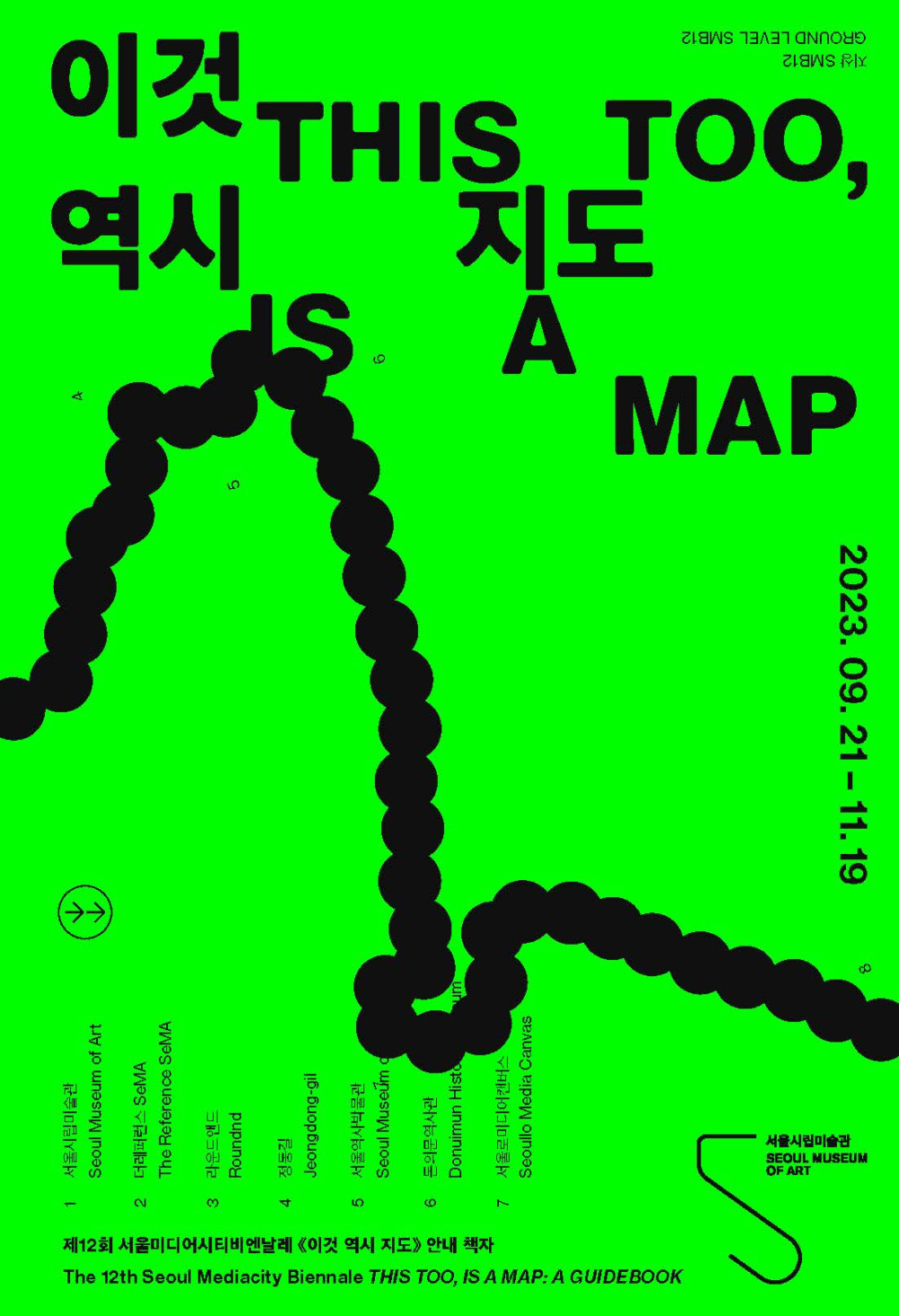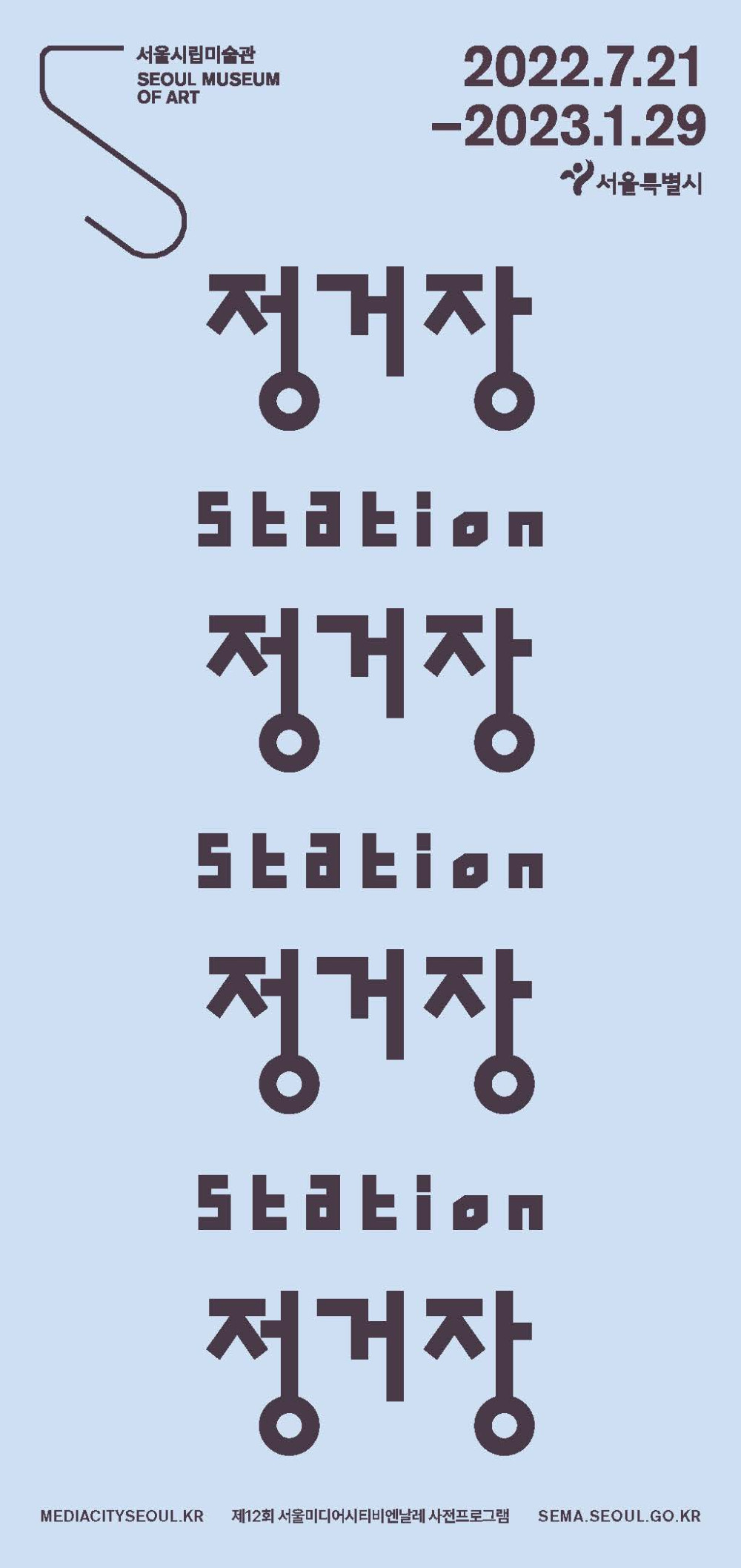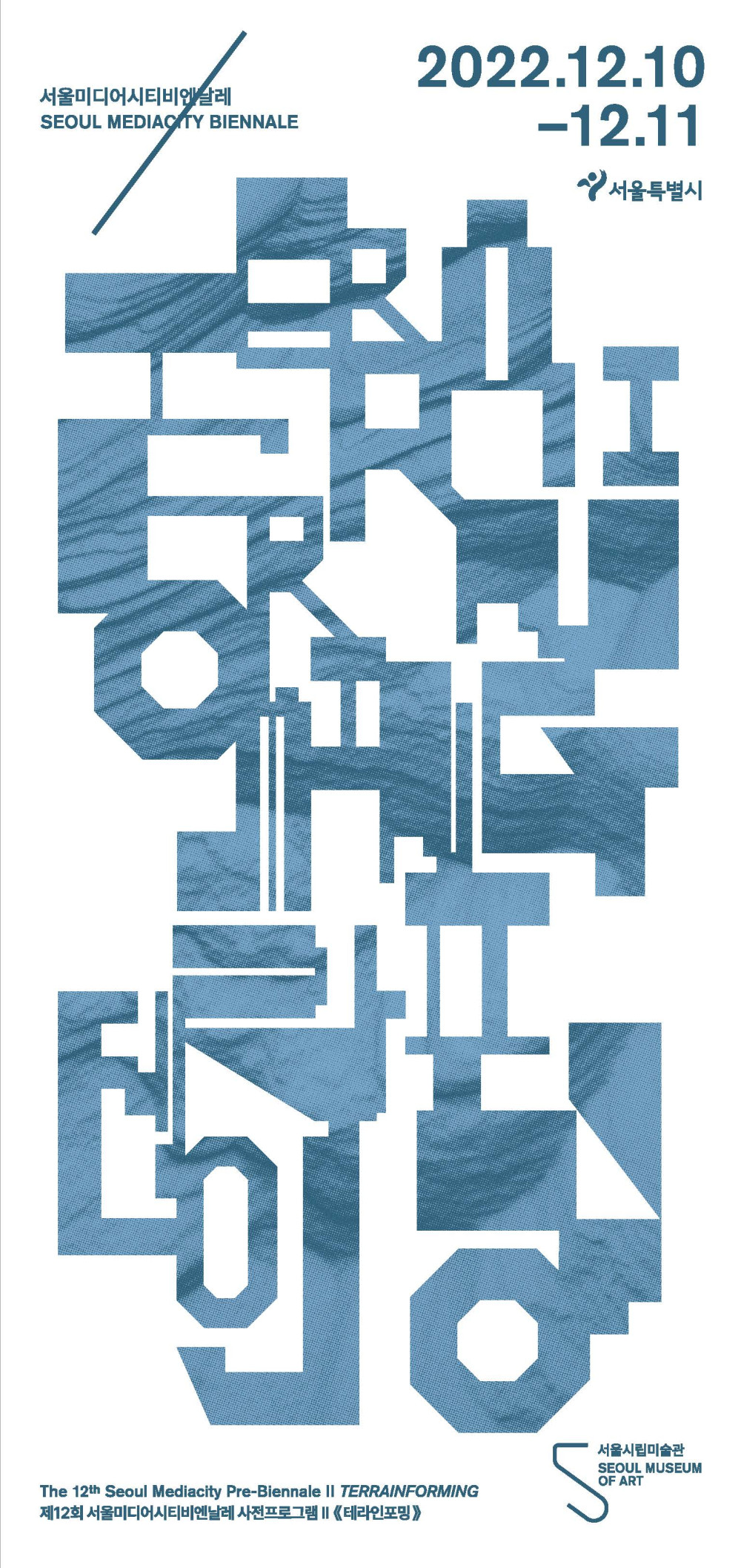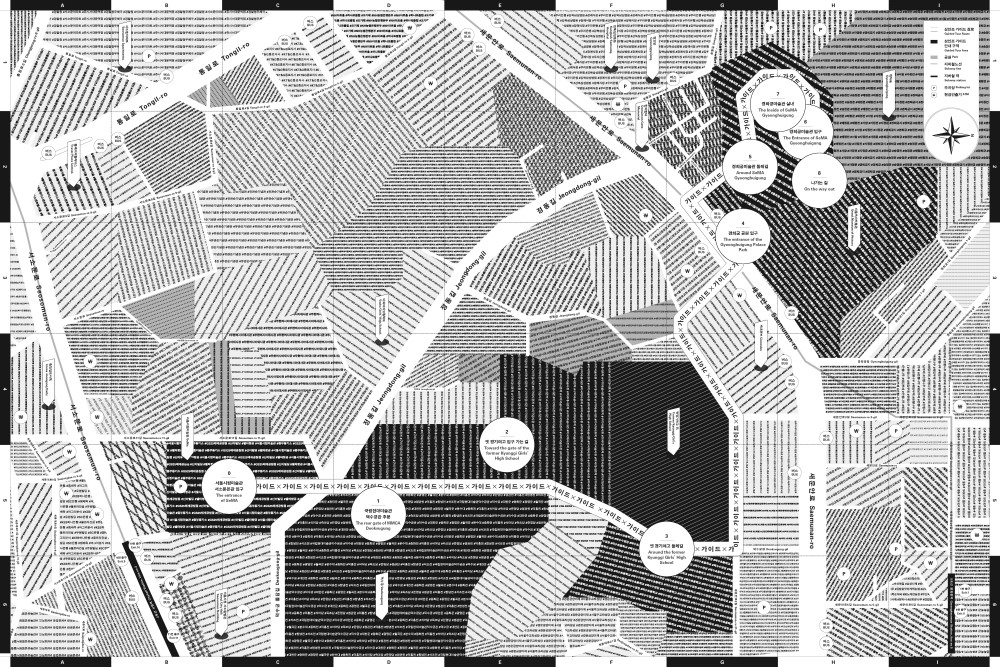border
Today, borders are associated with the boundaries that define areas of national sovereignty. The formation of modern international borders began after the Peace of Westphalia in 1648, when pre-modern concepts of statehood based on dynastic rule and religious authority collapsed. This led to the recognition of nation-states in the 18th and 19th centuries and the establishment of today’s modern system of geopolitical boundaries. However, countries belonging to the so-called “Global South” (a term coined in the 1960s to encompass developing nations in Asia, Latin America, Africa and the Caribbean) saw their borders formally established only after World War II (1939–1945). SMB12 THIS TOO, IS A MAP (2023) adopted a postcolonial perspective that highlighted the movement of people and materials across such boundaries and proposed new ways of perceiving contemporary phenomena of displacement. Artist and theorist Dele Adeyemo contributed an essay to the SMB12 catalogue titled Cartographic Choreographies: Masquerade as Movement Technology (2023), which analyzes how the body’s movement during communal mask rituals in Africa deconstructs conventional notions of classification and ownership, ultimately forming an alternative and counter-hegemonic cognitive map that reimagines new boundaries and relational worlds.

